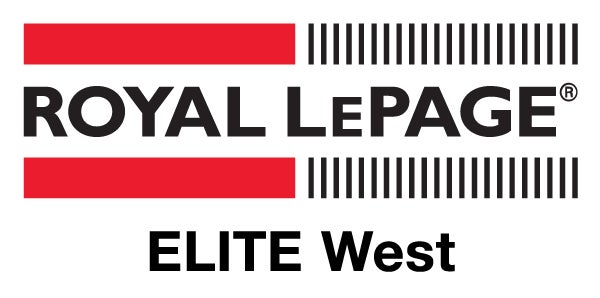
Navigating the complexities of BC's new home warranty insurance is crucial for people buying or selling newly built properties. Understanding how the warranty works, what it covers, and its disclosure obligations will help guide you more effectively.
Here's what you need to know about BC's new home warranty. The 2-5-10 home warranty insurance protects homeowners in the following ways:
At a minimum, home warranty insurance coverage includes:
• Two years on labor and materials (some limits apply),
• Five years on the building envelope, including water penetration,
• Ten years on the structure of the home.
Two-Year Labour and Materials Coverage:
• 12 months on detached homes and non-common property in strata units (including fee simple homes)
• 15 months on the common property of strata buildings
• 24 months on all new buildings for defects related to delivery and distribution systems; defects in exterior cladding, caulking, windows, or doors that could lead to detachment or material damage; violations of the Building Code that pose health or safety risks or could result in damage; and defects rendering the home unfit to live in.
This comprehensive coverage protects homeowners from a variety of construction defects, offering peace of mind and security in your investment.
Key Points:
• Keep in mind that new home warranties usually don’t cover normal wear and tear, neglect by the homeowner, poor maintenance, or problems from renovations that the original builder didn't do.
• As a homeowner, keeping up with regular maintenance and knowing your warranty obligations is super important. Following the upkeep schedule in the warranty's manual can help you avoid claim denials due to neglect or improper care.
• Unresolved issues from a pre-purchase inspection can affect your warranty's validity. Ensure a thorough property evaluation before finalizing any transaction to avoid future problems.
• Sellers need to mention any claims related to serious hidden defects in the Property Disclosure Statement (PDS). But if a claim was denied and it doesn’t involve those serious defects, it doesn’t have to be disclosed—though sellers can choose to share it for transparency.
• The warranty remains with the property regardless of ownership changes and does not need to be transferred, ensuring continuous protection for new owners.
• For properties built after a certain date, use the BC Housing New Home Registry to check if home warranty coverage applies and identify the provider. This is an essential tool for due diligence.
• Buyers should ask the seller for the warranty policy documents and the maintenance manual. If they don’t have them, reach out to the home warranty provider to get these documents and understand what responsibilities and protections come with the warranty.
For more information, visit BC Housing's website on the New Home Warranty.
Here's what you need to know about BC's new home warranty. The 2-5-10 home warranty insurance protects homeowners in the following ways:
At a minimum, home warranty insurance coverage includes:
• Two years on labor and materials (some limits apply),
• Five years on the building envelope, including water penetration,
• Ten years on the structure of the home.
Two-Year Labour and Materials Coverage:
• 12 months on detached homes and non-common property in strata units (including fee simple homes)
• 15 months on the common property of strata buildings
• 24 months on all new buildings for defects related to delivery and distribution systems; defects in exterior cladding, caulking, windows, or doors that could lead to detachment or material damage; violations of the Building Code that pose health or safety risks or could result in damage; and defects rendering the home unfit to live in.
This comprehensive coverage protects homeowners from a variety of construction defects, offering peace of mind and security in your investment.
Key Points:
• Keep in mind that new home warranties usually don’t cover normal wear and tear, neglect by the homeowner, poor maintenance, or problems from renovations that the original builder didn't do.
• As a homeowner, keeping up with regular maintenance and knowing your warranty obligations is super important. Following the upkeep schedule in the warranty's manual can help you avoid claim denials due to neglect or improper care.
• Unresolved issues from a pre-purchase inspection can affect your warranty's validity. Ensure a thorough property evaluation before finalizing any transaction to avoid future problems.
• Sellers need to mention any claims related to serious hidden defects in the Property Disclosure Statement (PDS). But if a claim was denied and it doesn’t involve those serious defects, it doesn’t have to be disclosed—though sellers can choose to share it for transparency.
• The warranty remains with the property regardless of ownership changes and does not need to be transferred, ensuring continuous protection for new owners.
• For properties built after a certain date, use the BC Housing New Home Registry to check if home warranty coverage applies and identify the provider. This is an essential tool for due diligence.
• Buyers should ask the seller for the warranty policy documents and the maintenance manual. If they don’t have them, reach out to the home warranty provider to get these documents and understand what responsibilities and protections come with the warranty.
For more information, visit BC Housing's website on the New Home Warranty.
